Am trying to solve the given recursion, using recursion tree, T(n) = 3T(n/3) + n/lg n.
In the first level (n/3)/(log(n/3)) + (n/3)/(log(n/3)) + (n/3)/(log(n/3)) = n/(log(n/3)).
In the second level it turns out to be n/(log(n/9)).
Can I generalize the above equation in the form of n.loglogn
This is a general doubt I've, I need an insight on this.
Note:
Any function that has to be Theta(n^k log^k (n)) in that function k should >=1. And in this case k is -1 so master theorem doesn't come in to picture











